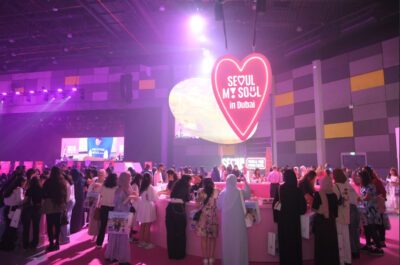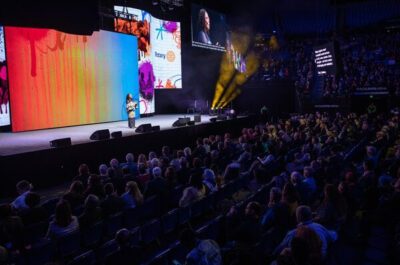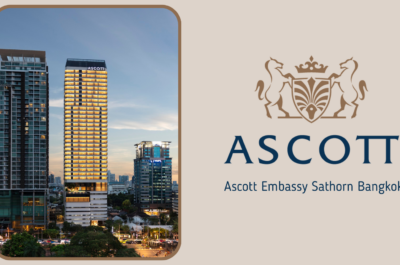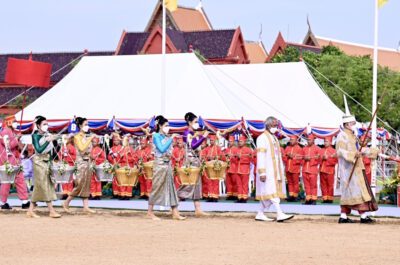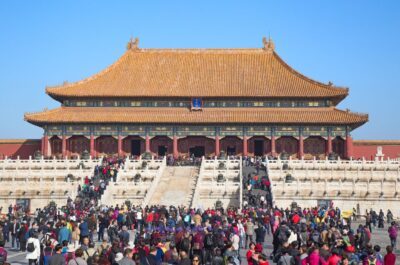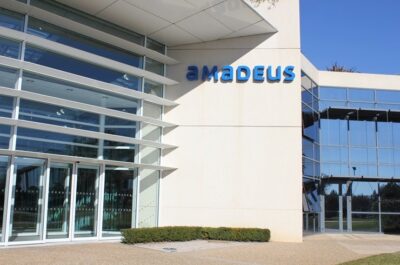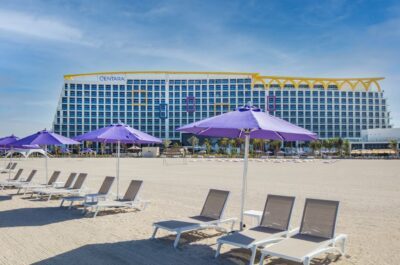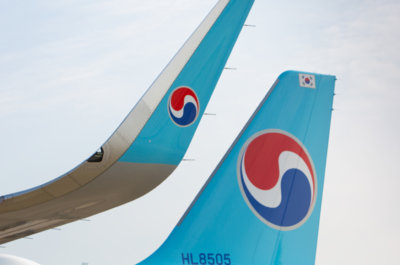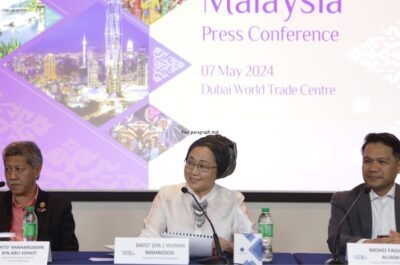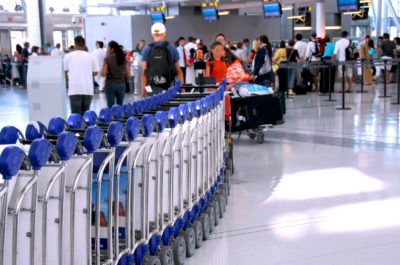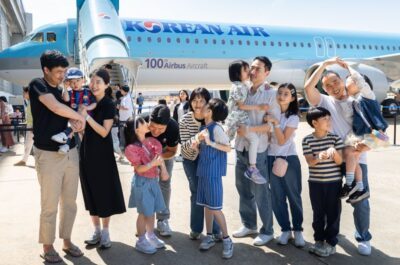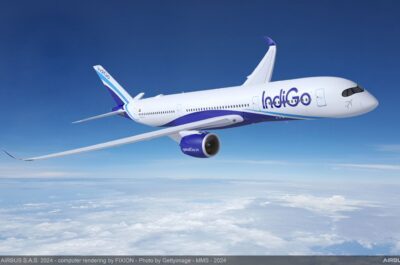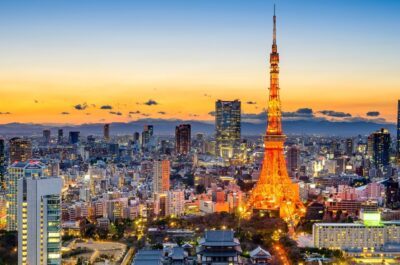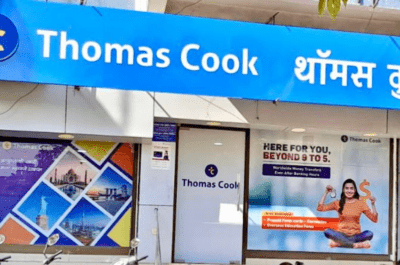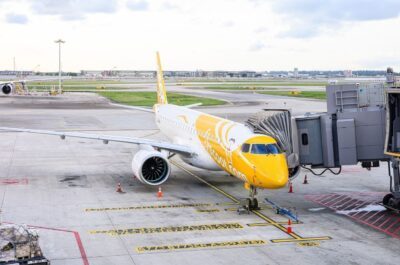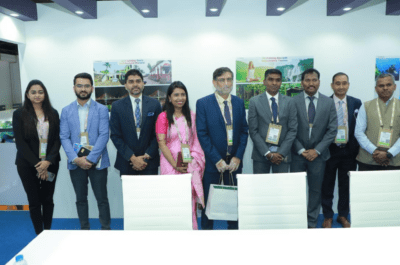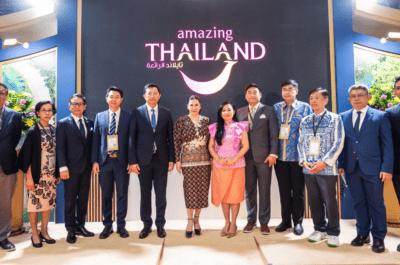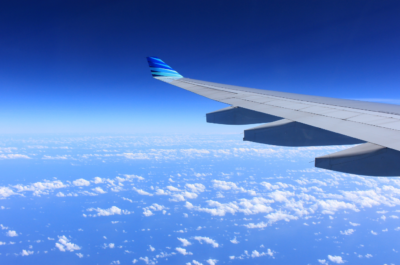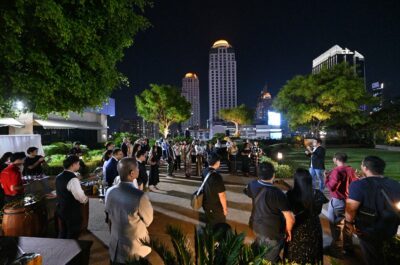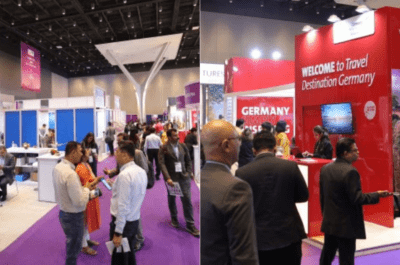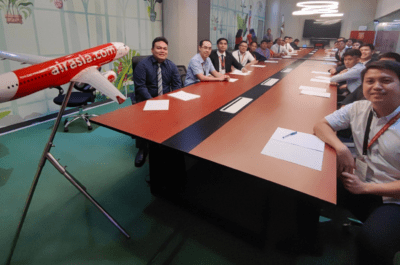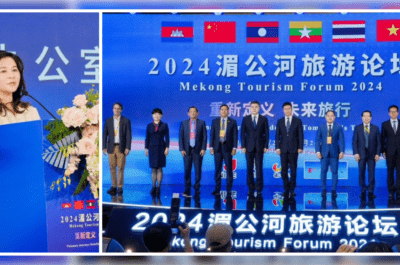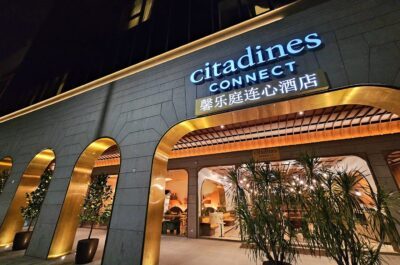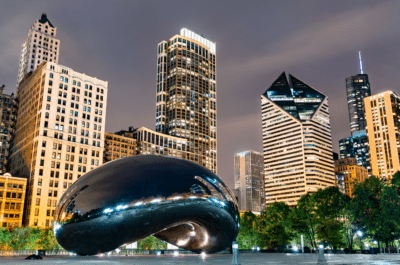Activities associated with Hong Kong’s exhibition industry contributed HK$26.4 billion (US$3.38 billion) to the local economy in 2006, equivalent to 1.8% of Hong Kong’s total GDP according to a new report released…
Activities associated with Hong Kong’s exhibition industry contributed HK$26.4 billion (US$3.38 billion) to the local economy in 2006, equivalent to 1.8% of Hong Kong’s total GDP according to a new report released today (6 August).
The report findings confirmed the significant contribution of Hong Kong`s exhibition industry to the city`s overall economy and that it has grown strongly since the release of the first report on the industry in 2004.
The `Economic Impact Study Report – 2006` measured the economic impact of the exhibition industry for the 2006 calendar year, and was conducted by professional services firm KPMG Transaction Advisory Services Limited. It was commissioned by the Hong Kong Exhibition and Convention Industry Association (HKECIA).
Key Findings:
The report revealed that the exhibition industry continues to bring significant benefits to Hong Kong`s economy by contributing expenditure effects to and providing jobs for the exhibition industry as well as other service industries and supporting sectors including hotels, food and beverage, retail, stand design and construction, and logistics and freight forwarding.
Compared with the findings of the previous 2004 report, the results showed double-digit compound annual growth rates (CAGR) across all aspects of visitor and business-related expenditure, fiscal impact and employment generated from the exhibition industry.
Hong Kong’s exhibition industry measured expenditure effects of around HK$26.4 billion (US$3.38 billion) to the Hong Kong economy in 2006, up 39% from 2004, or a CAGR of 18%.
The total expenditure of HK$26.4 billion (US$3.38 billion) was made up of direct expenditure, indirect expenditure and induced expenditure. This was equivalent to some 1.8% of GDP, up from 1.5% in 2004.
Direct expenditure in 2006 amounted to HK$13.2 billion (US$1.69 billion), divided between visitor personal expenditure (62%) and business-related expenditure (38%).
Visitor personal expenditure by exhibition visitors amounted to HK$8.2 billion (US$1.05 billion) in 2006, representing a CAGR of 11% from 2004. Expenditure was split 75:25 between international and domestic visitors respectively.
The food and beverage (F&B), retail and hotel sectors were the largest recipients of direct visitor expenditure, accounting for more than 80%, or HK$7 billion (US$897 million), in 2006.
Individually, F&B accounted for HK$2.6 billion (US$333 million), retail for HK$2.3 billion (US$294 million) and hotels, HK$2.1 billion (US$269 million).
Business-related expenditure amounted to HK$5 billion (US$641 million) in 2006, representing a CARG of 31% from 2004. This covers spending by event organisers and exhibitors.
Indirect expenditure, or the amount that suppliers to the exhibition industry spend on purchasing goods and services from third-parties, amounted to HK$7.9 billion (US$1.01 billion) in 2006.
Induced expenditure, or the effect of the wages of exhibition-related employees on the local community, amounted to HK$5.3 billion (US$679 million) in 2006.
Fiscal impact from the exhibition industry to the Hong Kong government was around HK$970 million (US$124.3 million)
A tax take enjoyed by the Hong Kong Government is estimated at around HK$970 million (US$124.3 million) derived from expenditure connected with the exhibition industry in 2006. The tax estimate is based on the total expenditure effects of HK$26.4 billion (US$3.38 billion). This represented a 17% CAGR from 2004 and was in line with the increase in total expenditure.
Fiscal benefit is derived from four taxes – and in 2006 reached:
- Profits tax: HK$510 million (US$65.4 million)
- Salaries tax: HK$280 million (US$35.9 million)
- Hotel tax: HK$130 million (US$16.6 million)
- Airport tax: HK$50 million (US$6.4 million)
58,500 full-time equivalent jobs were provided by the exhibition industry.
Full-Time Equivalent (FTE) employment amounted to around 58,500 in 2006, representing a CAGR of 11%.
Around 2,100 FTE employees, or 4%, were directly employed by venues or event organisers.
The remaining 96% of FTE employment, or 56,400 FTE jobs, was provided across various supporting sectors. F&B, retail and hotel sectors accounted for 76%, at between 13,000 to 16,000 FTE employees each, while the remaining 24% were spread across other sectors such as stand construction, advertising and logistics / freight services.
Report reveals international exhibition visitors and exhibitors contribute more than overnight tourists.
The report showed that international exhibition visitors and exhibitors stay longer and spend more than overnight tourists.
International exhibitors typically stay on average 70% longer than overnight tourists, and spend 110% more.
International exhibition visitors typically stay on average 30% longer than overnight tourists, and spend 120% more.
International exhibitors and exhibition visitors intended to spend on average HK$10,106 (US$1,296) and HK$10,732 (US$1,376) per visit respectively, compared to HK$4,799 (US$615) by overnight tourists.
Spending by international exhibition visitors is spread fairly evenly, with shopping, hotels and F&B being the largest beneficiaries.
Exhibition industry is powerhouse of other sectors; exhibition activities are key to facilitate trade and essential marketing tool for SMEs
Commenting on the report, HKECIA Chairman, Mr Stanley Chu said, “This report shows substantial increases in the economic impact of the exhibition industry across the board. To have double-digit compound annual growth rates over the past two years in expenditure, fiscal impact and employment generation is doubly impressive.”
In addition, new business generated at exhibitions, contributed strongly to the local economy, explained Mr. Chu. “There are many more intangible yet important benefits generated by the exhibition industries. These benefits are less measurable by pure figures but are very real. They include increased sales revenue for local exhibitors, as well as a rise in trade through Hong Kong as a result of deals struck at exhibitions. You should also count the effect of the transfer of ideas and trends between visitors and exhibitors at the shows,” said Mr. Chu.
“Exhibitions are recognised as a highly effective marketing tool for networking and expanding business contacts,” Mr. Chu added.
Mr. Chu pointed out that regional and international exhibition visitors and exhibitors often come back to Hong Kong year after year. “They are regular visitors and their average spending is much higher than overnight tourists,” he said.
Exhibitions also create jobs, Mr. Chu explained. “While around 2,100 people are directly employed in the sector, more than 56,000 FTE jobs are supported by sectors supporting the exhibition industry.”
Mr. Chu said that the report confirmed that the exhibition industry was a driving force in Hong Kong. “Exhibition activities are key to the development of import and export and are essential marketing platforms for SMEs to reach international business contacts without the expense of travelling overseas.”
“The future growth of the Hong Kong exhibition industry will be, as in the past few years, powered by the tremendous growth of China’s export. In this respect, Hong Kong exhibitions will continue to be an ideal platform for them to identify and reach regional and international buyers. While Hong Kong with its own competitive advantages will continue to play its key role as the ideal gateway for access to the Mainland market, it also serves as a two-way springboard for Mainland enterprises to venture into the global marketplace,” added Mr Chu.

